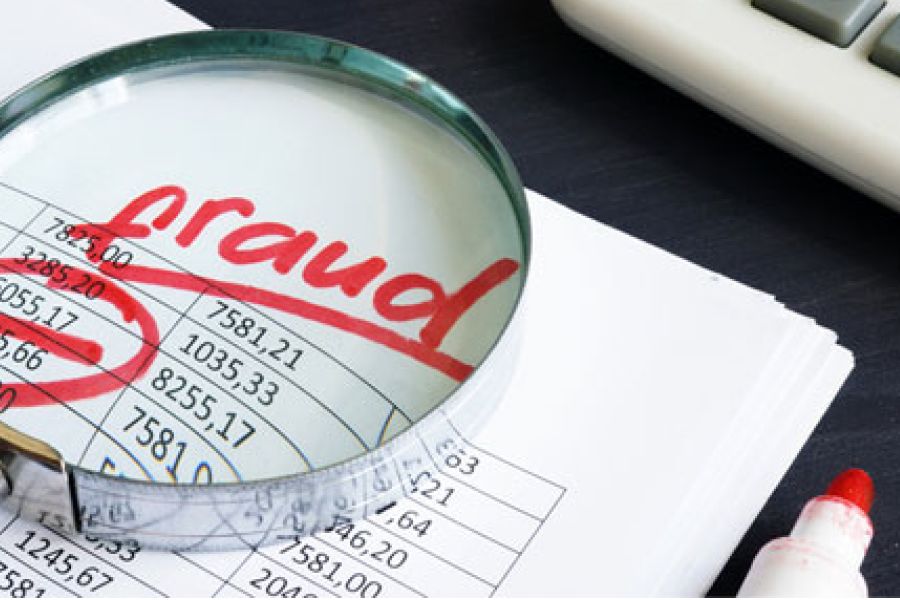Valuing a private business is a complex endeavor. But, when all is said and done, valuation analyses boil down to three general approaches. 1. Market approach Under this approach, valuators derive pricing multiples from public or private comparable transactions. These pricing multiples are then applied to the subject company to derive its value. For example, an expert might calculate a median price-to-earnings multiple of 4.5 based on a sample of six comparable transactions. Then the valuator would multiply the subject company’s earnings by 4.5 to arrive at its value. The expert also must consider whether adjustments are warranted to account for the differences between the subject company and comparable firms. Two popular methods fall under the market approach. First, the guideline public company method uses the prices paid for...

An experienced business valuation professional considers more than just a company’s financial statements when quantifying its value. The professional conducts detailed interviews and asks for a variety of documents when gathering information to use to value the business — and some of this information may provide objective insight into how much the owners believe the business is worth. Here are some key examples. Buy-sell agreements Shareholders often protect their business interests with buy-sell agreements that contain valuation formulas to be used on a shareholder’s death or termination. Some detailed buy-sell agreements may even specify whether valuation discounts apply and, if so, how much. But if a buy-sell agreement has been superseded or is otherwise outdated, it may not be as relevant to current market values. Life insurance policies Life...
When divorcing spouses own a private business interest, it complicates the settlement process. The value of a business isn’t necessarily as straightforward as the values of other marital assets. And it’s often impractical to sell the business and split the proceeds, because there may be other owners who aren’t interested in selling and it takes time to sell a business. Plus, the business’s value might be partially excluded from the marital estate, depending on state law, legal precedent and prenuptial agreements between the spouses. Fortunately, a business valuation professional can help you sort through the issues. Tangible vs. intangible value The value of a business can be broken down into two pieces. First up are tangible (or hard) assets, which include such items as cash, receivables and equipment....
The cost (or asset-based) approach to valuing a business focuses on the balance sheet. This financial statement reports “book values” for the company’s assets and liabilities. Here’s how the cost approach works and when it might be an appropriate method of valuation. Book value vs. fair market value Amounts reported on a company’s balance sheet for its assets and liabilities may not reflect their fair market value to a potential buyer or seller. One reason is that, under U.S. Generally Accepted Accounting Principles (GAAP), assets are recorded at historic cost. Over time, historic cost may understate market value for appreciable assets, such as marketable securities and real estate. Additionally, internally generated intangible assets — such as copyrights, patents, brands and goodwill — are excluded from balance sheets prepared...
The value of a business interest is valid as of a specific date. The effective date is a critical cutoff point because events that occur after that date generally are not taken into account when estimating value. However, there are two key exceptions when subsequent events count. (1) When an event is foreseeable Subsequent events that were reasonably foreseeable on the effective date are usually factored into a valuation. That’s because, under the definition of fair market value, hypothetical willing buyers and sellers are presumed to have reasonable knowledge of relevant facts affecting the value of a business interest. Examples of potentially relevant subsequent events are: An offer to purchase the business, A bankruptcy filing, The emergence of new technology or government regulations, A natural or...
Valuation experts often use discounted cash flow (DCF) techniques to determine the value of a business or estimate economic losses. A critical input in a DCF model is the cost of capital. This is the rate that’s used to discount future earnings into today’s dollars. Small changes in this rate can have a major impact on the expert’s conclusion, so it’s important to get it right. Debt vs. equity The term “cost of capital” refers to the expected rate of return that the market requires to attract funds to a particular investment. The cost of capital is based on the perceived risk of the investment. Risky companies (or investments) warrant a higher discount rate and, therefore, a lower value (and vice versa). A business can be financed with...
Business value is a function of risk and return. This is why, when appraising companies, valuation experts are always factoring fraud risk into a business valuation. Although valuations typically aren’t designed to unearth dishonest behavior, experts may expand the scope of their engagement if they spot something suspicious — particularly if they believe financial statements are inaccurate. Possible risks A valuator’s fraud risk assessment starts with the subject company’s internal controls. When interviewing management, experts ask about the business’s policies and procedures to protect assets, improve operating efficiency and ensure reliable financial statements. For example, they look for risk-reducing controls such as: Physical and digital controls (for example, locks, passwords, cameras and security systems), Fraud training programs, Job descriptions that call for segregation of duties and job...
- 1
- 2








